
By Glenn D. Trout
Don't view the conclusion of this round of GHS deadlines as the end of the process, but rather the beginning of the new state of HazCom and what OSHA now expects for compliance.
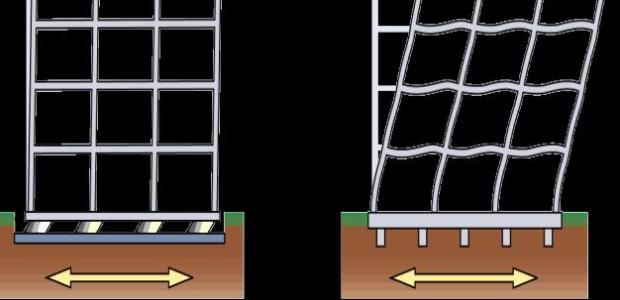
By Ron Mayes, Evan Reis, Alan Klembczyk
The greatest value of a building rating system is one that meshes with economic decisions.
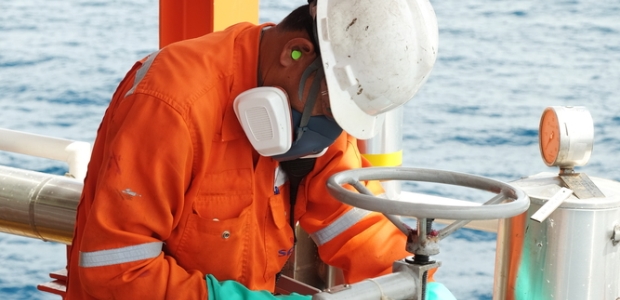
By R.C. Naik
Monitoring gas and vapor hazards is necessary to ensure workers' health and to see that the working environment is healthy.

By Jerry Laws
The year's biggest U.S industrial hygiene show, AIHce EXP docks in the Emerald City next month.
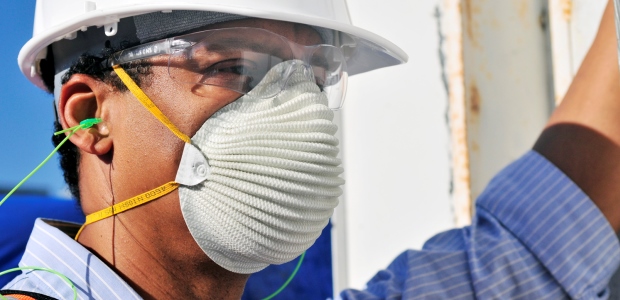
By Jeffrey Birkner
OSHA is considering some methods that will speed up the process of fit testing but still ensure that users are properly fitted with a particular respirator.
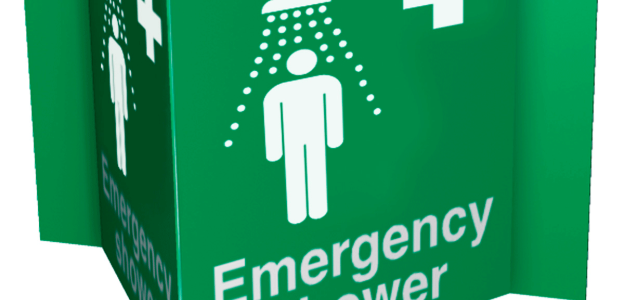
By Fred Elliott
Here's what the key eyewash and shower standard, ANSI/ISEA Z358.1-2014, says about weekly tests and annual inspections of the equipment.
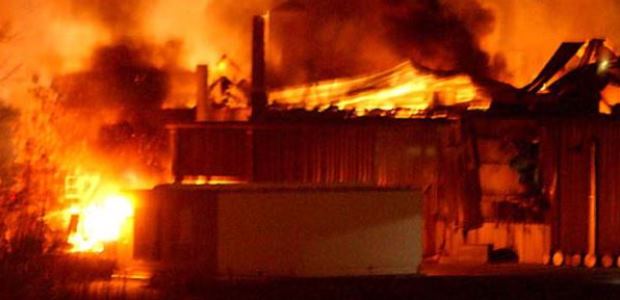
By Stephen Watkins
By understanding the risks of this hazard and the regulations surrounding it, you can better equip your facility to prevent "near misses" so they never turn into catastrophic explosions.
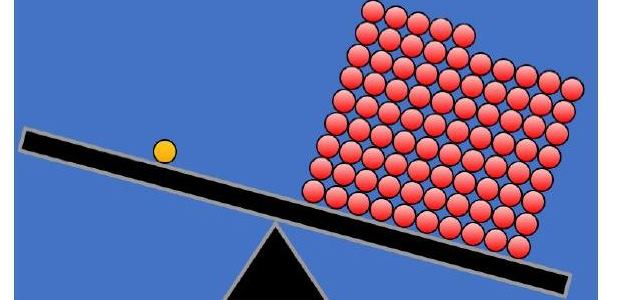
By Jerry Laws
Exposure limits are absent for thousands of chemicals, creating a need for guidance that occupational exposure banding can help to fill, according to the authors of a new guidance document.
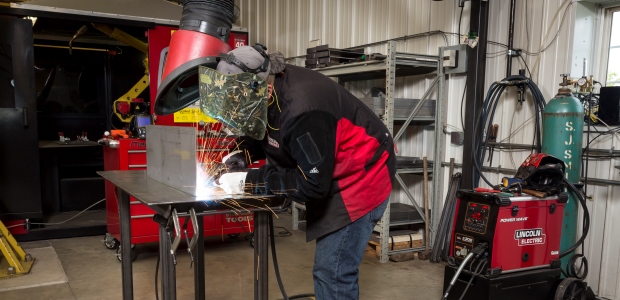
By Jason A. Lange
For as much as you might be tempted to cut costs, filter replacement isn't a good place to do it. Not all replacement filters are alike, even if they are specifically designed to fit your system.
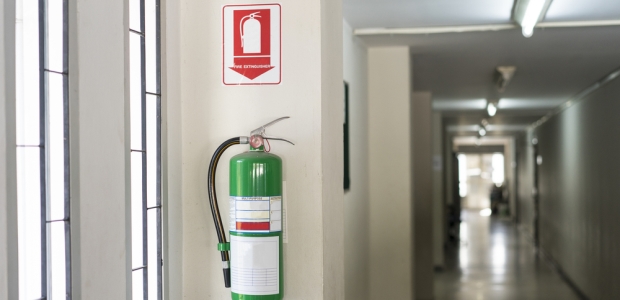
By Karen D. Hamel
Knowing the types of emergencies to expect and what response is expected from each person makes it easier for employees to follow the instructions given by either on-site or external responders.
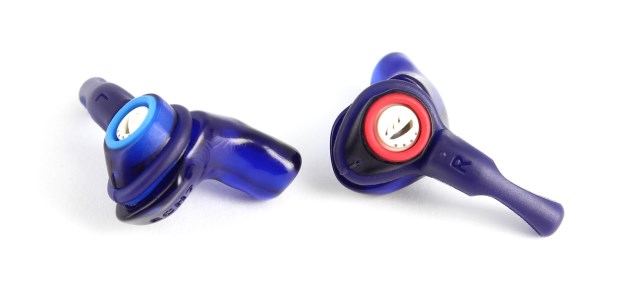
By Tabatha Cirgenski
Decision makers must consider that in many cases, workers have to wear hearing protection for eight hours.
By Jerry Laws
I applaud the NSC's chief executive and the council for setting this ambitious goal and keeping it on the front burner at every opportunity.
By Shawn M. Galloway
Where there is no behavioral integrity, trust, relationships, and maturing the culture all suffer. Progress will be at a standstill.
By Robert Pater
In my experience in the realms of Safety performance, Magnifying Vision is the most underutilized of the three types of Visioning.